

State flag of the Kingdom of Yugoslavia, the normal flag was just the pan slavic tricolore without the Coat of Arms.
The Kingdom of Yugoslavia (First named the Kingdom of Serbs, Croats and Slovenes) was the second yugoslav state. It formed after unification with the unrecognized State of Slovenes, Croats and Serbs, The Kingdom of Serbia, Montenegro and the areas of Vojvodina and parts of the Banat that has been annexed from Hungary after WW1.
After the first King of Yugoslavia, Peter I, also sometimes refered to 'Peter the Unifier', died in 1921, Alexander I became King, up until his assassination by a bulgarian IMRO member during his visit in France in 1934.

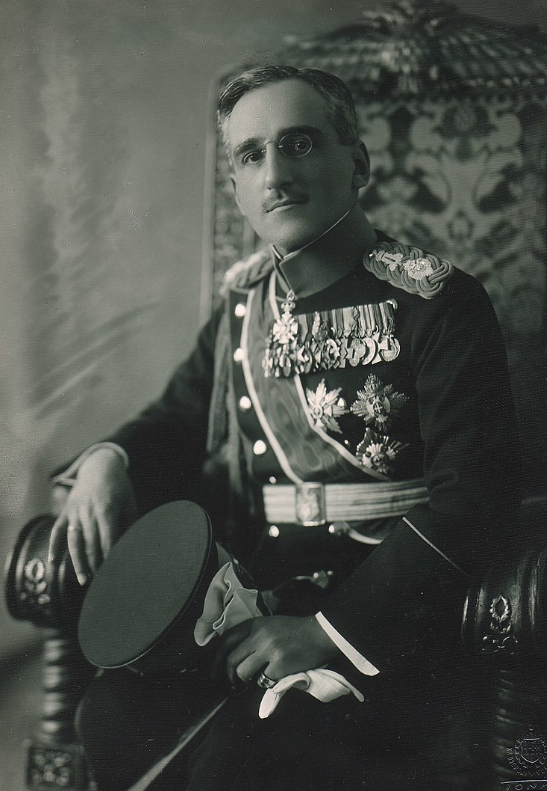
King Peter I (left), King Alexander I (right)
After the assassination of Alexander I, Prince Paul became the regent and prince of the kingdom until 1941, his regency caused the kingdom to be transformed into a more parlamentary monarchy.

Picture of Prince Paul
Prince Paul appointed a yugoslav economist Milan Stojadinović as prime minister. He also was the leader of a party, the Jugoslovenska radikalna zajednica (Yugoslav Radical Union) (JRZ).
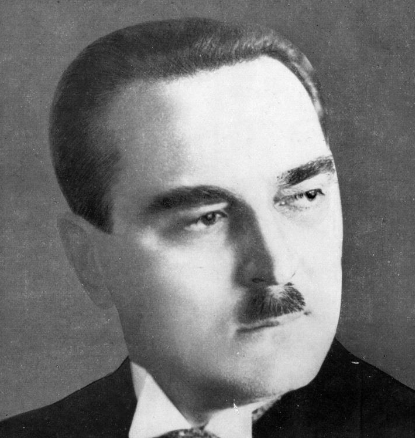
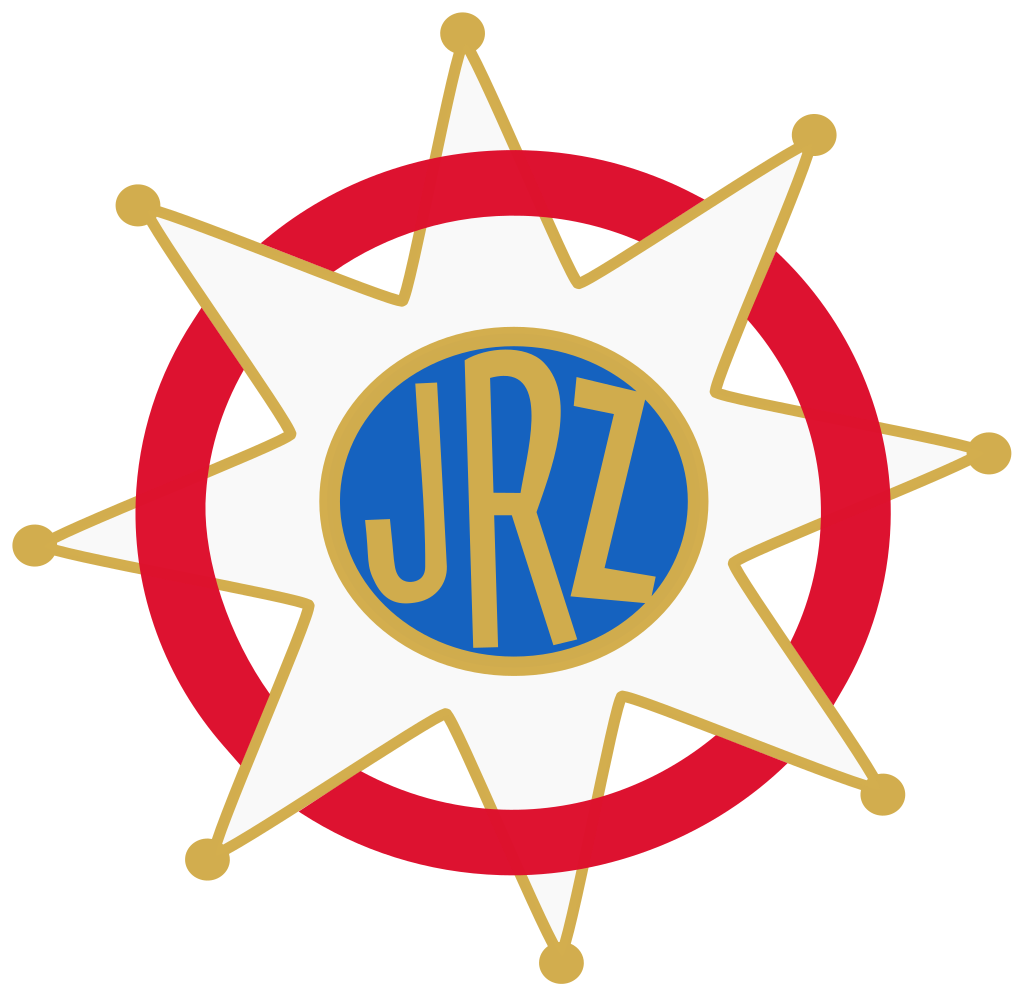
Picture of Milan Stojadinović and his party emblem.
Milan Stojadinović kind of admired Mussolini and fascism, so he wanted to model the State into a more fascist state, he was often called Vođa (Leader) by party members. He also wanted that the Kingdom aligned with the Axis, he also met up with Mussolini 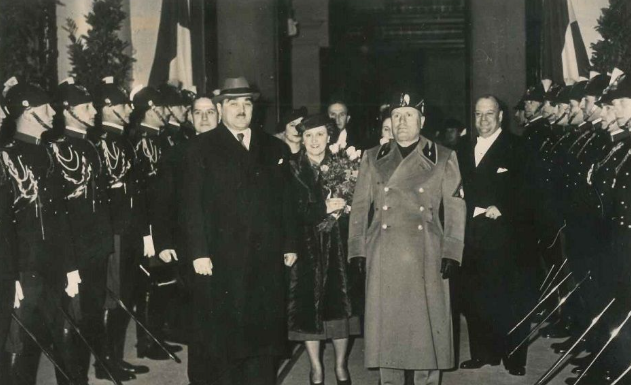 and Hitler
and Hitler 
Stojadinović position in the governemnt was called 'Three-Legged-Chair' by him, due to him having majority support from slovenes, bosniaks and serbs, but not from croats.
When the second World War happened in 1939, Stojadinović was ousted from office, because Prince Paul thought of him as a 'Germanophile' and replaced by Dragiša Cvetković.
Dragiša Cvetković also got in agreement with the croatian opposition, causing Vladko Maček, a croatian opposition leader, to become vice premier in 1939, and the creation of the Banovina Hrvatska (Banovina of Croatia) with its own parlament.
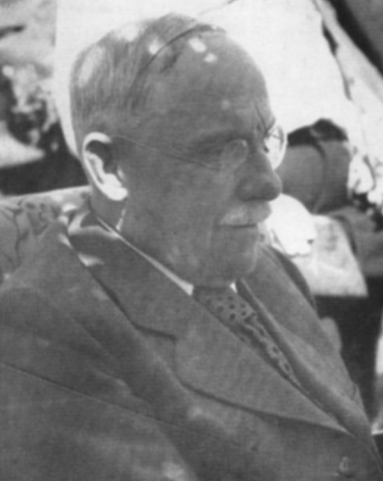
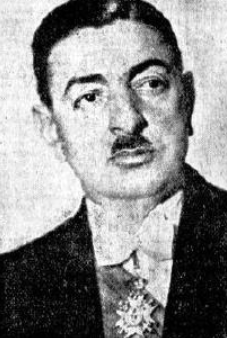
Picture of Vladko Maček (left) and Dragiša Cvetković (right)
With the fear of an invasion by the Axis powers, Cvetković signed the Triparte Pact, a military alliance pact by the Axis, in 1941. Members of the pact were, Germany, Italy, Japan and Yugoslavia. After this signation protest in Belgrade began, and it was clear that most of the yugoslav population did not want to join the Axis
On the 27th of March 1941, Prince Paul was overthrown with help from the military and the british, and Peter II became King. With this coup, the Kingdom denounced the Axis powers and the Triparte pact.
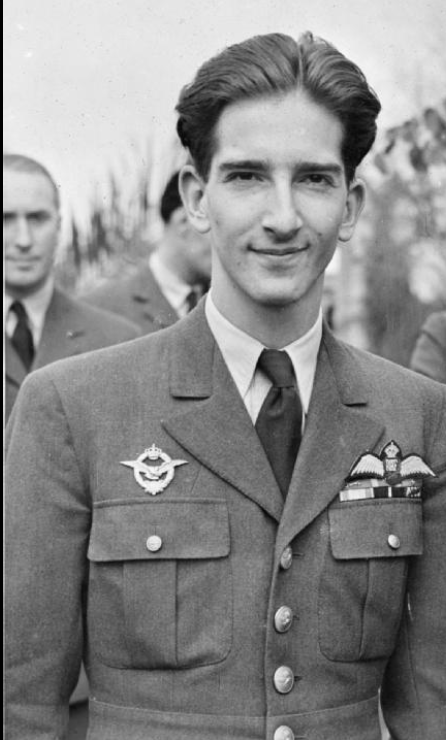
Picture of Peter II
Due to the regime change, on the 6th of April 1941, the Axis Powers invaded Yugoslavia partitioning the territory among the members of the Axis and also creating 3 puppet states/governates.

The German Occupation Zone of Serbia got quasi-governed by Milan Nedić and his 'Government of National Salvation', The Croatian and Bosnian territories got merged into the German Puppet regime NDH (Nezavisna Država Hrvatska, or Independent State of Croatia), and montenegrin lands created the protectorate of montenegro under Italy, with the collaboration with the montenegrin Zelenaši (Greens).